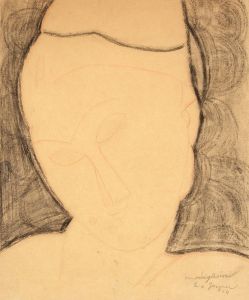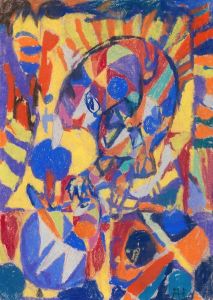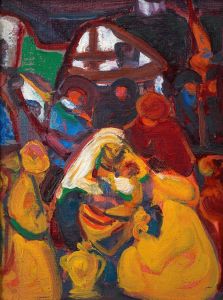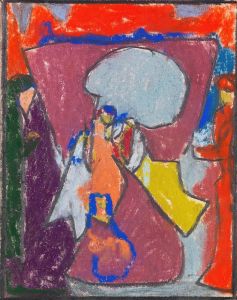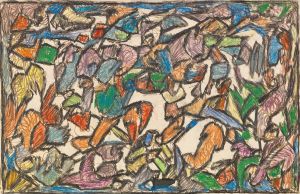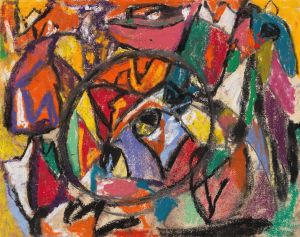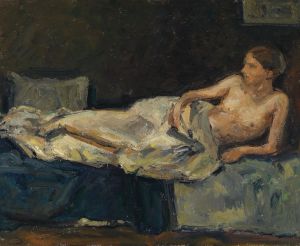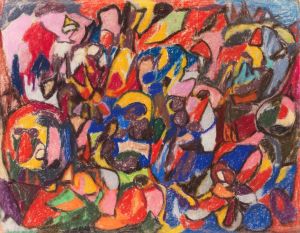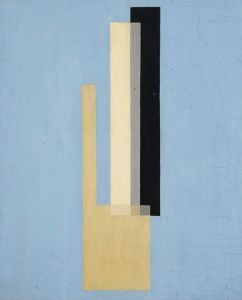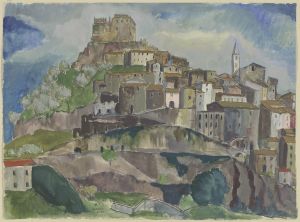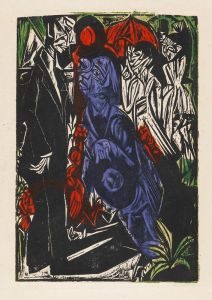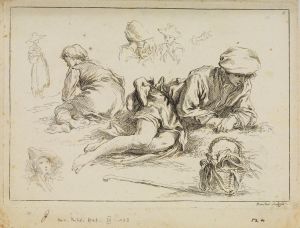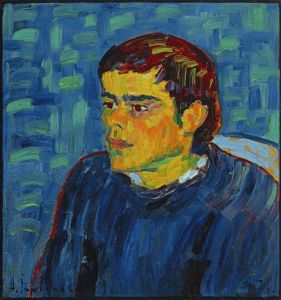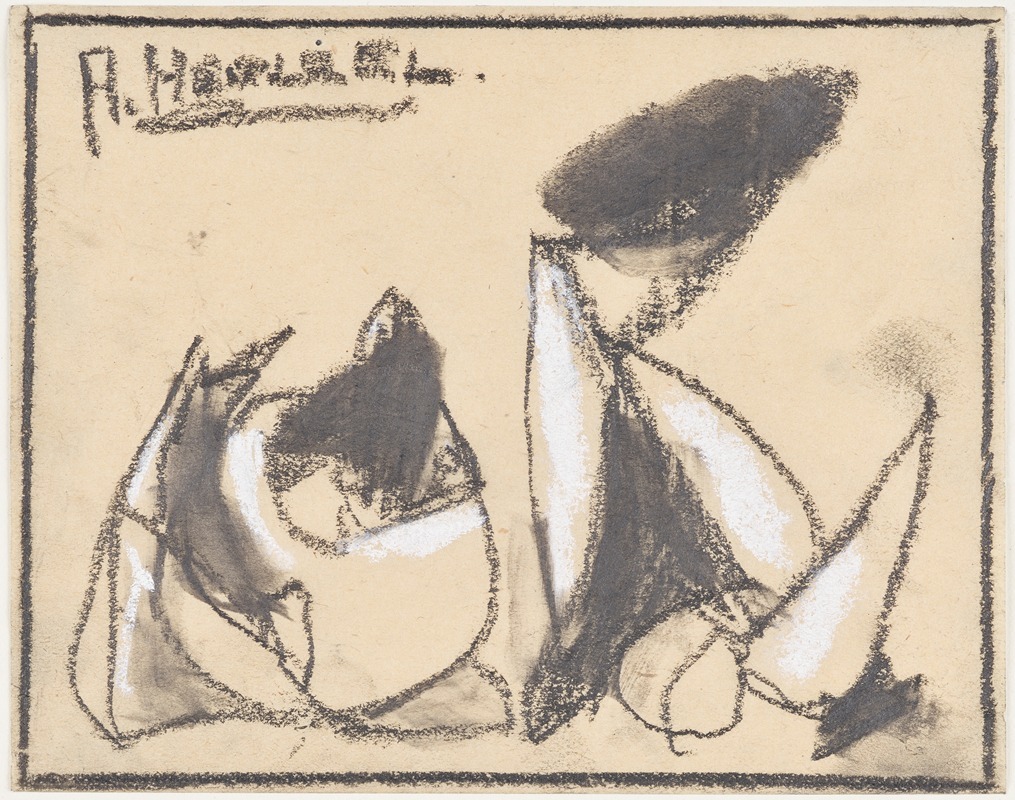
Abstrakte Komposition
A hand-painted replica of Adolf Hölzel’s masterpiece Abstrakte Komposition, meticulously crafted by professional artists to capture the true essence of the original. Each piece is created with museum-quality canvas and rare mineral pigments, carefully painted by experienced artists with delicate brushstrokes and rich, layered colors to perfectly recreate the texture of the original artwork. Unlike machine-printed reproductions, this hand-painted version brings the painting to life, infused with the artist’s emotions and skill in every stroke. Whether for personal collection or home decoration, it instantly elevates the artistic atmosphere of any space.
Adolf Hölzel's Abstrakte Komposition is a notable example of early abstract art, created by the German painter and art theorist Adolf Hölzel (1853–1934). Hölzel was a pioneering figure in the development of abstract art in Europe, and his work played a significant role in shaping modernist movements in the early 20th century. As an artist and teacher, he influenced many prominent figures in the art world, including Oskar Schlemmer, Johannes Itten, and Willi Baumeister.
Abstrakte Komposition reflects Hölzel's interest in exploring non-representational forms and his belief in the spiritual and expressive potential of abstract art. The painting is characterized by its use of geometric shapes, dynamic lines, and vibrant colors, which create a sense of rhythm and harmony. Hölzel's approach to abstraction was deeply rooted in his theoretical ideas about the relationship between form, color, and composition. He believed that art should transcend the mere depiction of the visible world and instead evoke deeper emotional and spiritual responses.
Hölzel's work, including Abstrakte Komposition, is often associated with his time as a professor at the Stuttgart Academy of Fine Arts, where he taught from 1905 to 1919. During this period, he developed his theories on color and form, which he shared with his students and incorporated into his own artistic practice. His emphasis on abstraction and experimentation laid the groundwork for later movements such as Constructivism and the Bauhaus.
While specific details about the creation date and exact context of Abstrakte Komposition are not widely documented, the painting is representative of Hölzel's mature style, which moved away from figurative representation toward pure abstraction. His work was influenced by various artistic movements of the time, including Symbolism and Impressionism, but he ultimately forged a unique path that emphasized the autonomy of art.
Today, Abstrakte Komposition is recognized as an important contribution to the history of abstract art. Hölzel's innovative ideas and his role as a mentor to a new generation of artists have secured his place as a key figure in the transition from 19th-century academic traditions to the modernist avant-garde. His works are held in various public and private collections, and his legacy continues to be studied and celebrated in the context of modern art history.





